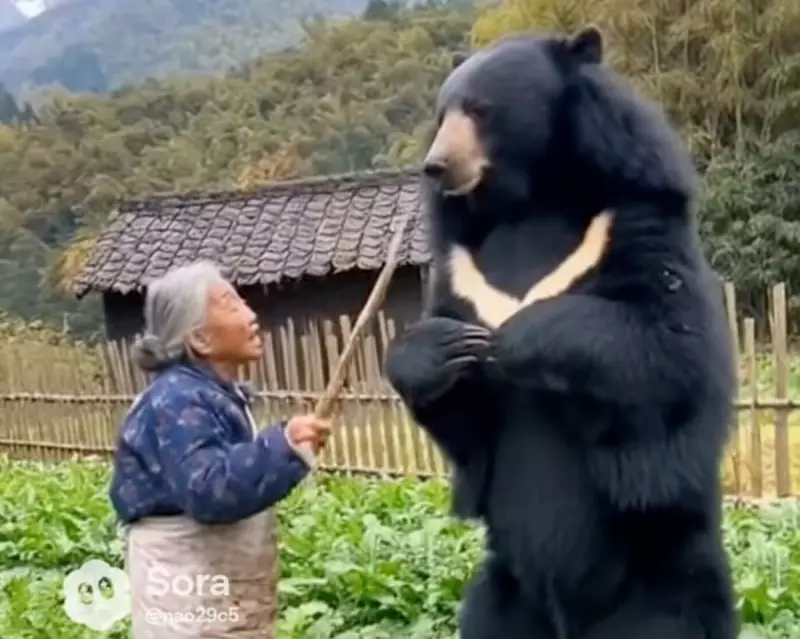
AI Videos Amplify Fears Amid Real Bear Crisis
Japan is grappling with a dual crisis: a record number of real bear attacks and a torrent of AI-generated videos depicting terrifying ursine encounters. Experts warn that this flood of synthetic content, often indistinguishable from reality, is significantly adding to public anxiety and could potentially put people at greater risk.
While headlines report genuine attacks and disruptions, online content monitors are urging social media users to exercise caution. Platforms like TikTok are hosting a wave of remarkably realistic videos showing bears attacking or interacting with humans, blurring the lines between fact and fiction.
The Disturbing Content of Fake Videos
The AI-generated clips cover a range of alarming scenarios. Some show multiple bears destroying panels at a solar power plant, while another disturbing video depicts a bear making off with a pet dog in its jaws. Other fabricated content includes a newsreader reporting on local bear sightings and an elderly woman feeding fruit to a bear in a field.
Perhaps most dangerously, some videos show people, including a schoolgirl, fighting off the animals. This is the worst possible response to a real encounter. For context, black bears in Japan can weigh up to 130kg (287 pounds), and the larger Ussuri brown bears found in Hokkaido can reach a staggering 400kg. Both species can easily outrun a human.
A search by the Yomiuri Shimbun newspaper found that approximately 60% of 100 selected TikTok clips using the words "bear" and "video" were fake, produced using OpenAI's Sora video generator. While some posts carried a Sora watermark or a disclaimer, their realism made it difficult for users to tell they were not real.
Real-World Consequences and Official Denials
The fake videos are having tangible consequences, forcing local authorities to issue denials. One AI clip presented as a news report showed a bear being captured after entering a convenience store in Noshiro, Akita prefecture. Officials were quick to confirm no such incident had occurred.
Another AI-generated video showed people fleeing from a bear on a street in Ishikawa prefecture, prompting an official to urge residents to ignore information not issued by local authorities. Experts are particularly alarmed by content showing people feeding bears, which directly contradicts repeated safety warnings.
Shinsuke Koike, a professor at Tokyo University of Agriculture and Technology, emphasised the danger, telling the Yomiuri: "Feeding a bear is extremely dangerous, and could result in them no longer fearing humans."
The Stark Reality Behind the Hype
The surge in fake videos capitalises on a very real and serious problem. This year, Japan has seen a record 13 fatalities from bear attacks – more than double the previous high – with over 100 people injured, according to the environment ministry.
Between April and September, about 20,700 bear sightings were reported nationwide, a figure that is about 7,000 higher than the same period in 2024. Experts attribute this surge to poor crops of acorns and beechnuts, the mainstay of the bears' diet, compounded by rural depopulation blurring the boundaries between forests and towns.
The disruption to daily life in northern Japan is unmistakable. Japan Post has suspended services in parts of Akita prefecture, where the self-defence forces are assisting hunters. Telecom firm NTT East is revising safety protocols for engineers, and logistics company Yamato has said it may suspend parcel deliveries if workers are at risk.
As the line between digital fabrication and reality blurs, the challenge for Japan is not only managing a wildlife crisis but also combating the misinformation that exacerbates it.





